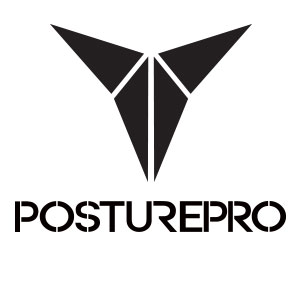What does science tell us about back pain? It all depends on the question asked in the scientific study! It’s important to understand the question because it ultimately directs the answer. If one is interested in understanding what structure is responsible for an individual’s pain, then the research will focus on specific anatomical parts capable of generating pain.
Entire models for both assessment and treatment of the low back have been developed following this line of questioning. Highly sophisticated imaging techniques and surgical procedures have been developed to address this question – “What is hurting?” This would be useful clinically if only one structure was responsible for an individual’s pain.
Unfortunately, multiple structures are often the problem and it is not possible to identify them individually. So we see diagnoses such as ‘non-specific low back pain’. In other words, the pain is not specific to any identifiable structure however, your low back pain is acknowledged. Even if we did know what structure was responsible for the pain, this would not help us in treatment unless we wanted to cut it out or numb it with an anaesthetic – sometimes this is necessary but rarely is this all that is needed.
Every three years, the world’s leading academic researchers on low back and pelvic pain meet to exchange their latest insights and discoveries. They present new studies, new theoretical concepts and engage in debates with each other.
Two thirds of all people in the industrial world suffer from debilitating back pain at least once in their lives. Low back pain produces the largest health-related expense in our national economies.
Most bodywork practitioners have either their private philosophy – or share their particular school’s believe system – about what factors are causing this pathology, and about how to best treat or prevent it.
Orthopedic physicians tend to see the problem in the lumbar discs; visceral osteopaths tend to treat the viscera; manual therapists focus on adjusting the sacroiliac joint or individual vertebrae; physiotherapists tend to look for weak muscles, which need strengthening; their colleagues see the problem in tight muscles which need relaxation; yet others focus on psychological components, and so forth.
As contradictory as their assumptions often are, all of these approaches seem to have plenty of impressive case histories to back up their conclusions.
Posturology identifies the important conditions of balance and off-balance for a human being in the symmetry and alignment of the body. To live without discomfort and pain, balance is best maintained by having a body that is symmetrical – close to the same size, shape, and appearance on both sides of the body midline. And a body that is structurally aligned in the front, back, and side positions when viewed against the gravitational reference of plumb and grid lines. When the structures of the human body are not symmetrical (asymmetrical) or aligned, our posture is distorted and this often gives rise to the pain mechanism of postural distortion. When our walking or gait pattern is not even and smooth, but tilted or jerky, this often gives rise to the pain mechanism of dysfunctional biomechanics.
So where do you go from here. Ask yourself this question – Do I truly understand my own muscle system and how I use this to support my low back and trunk? Posturology will get you back on track to living with an active, healthy body.

